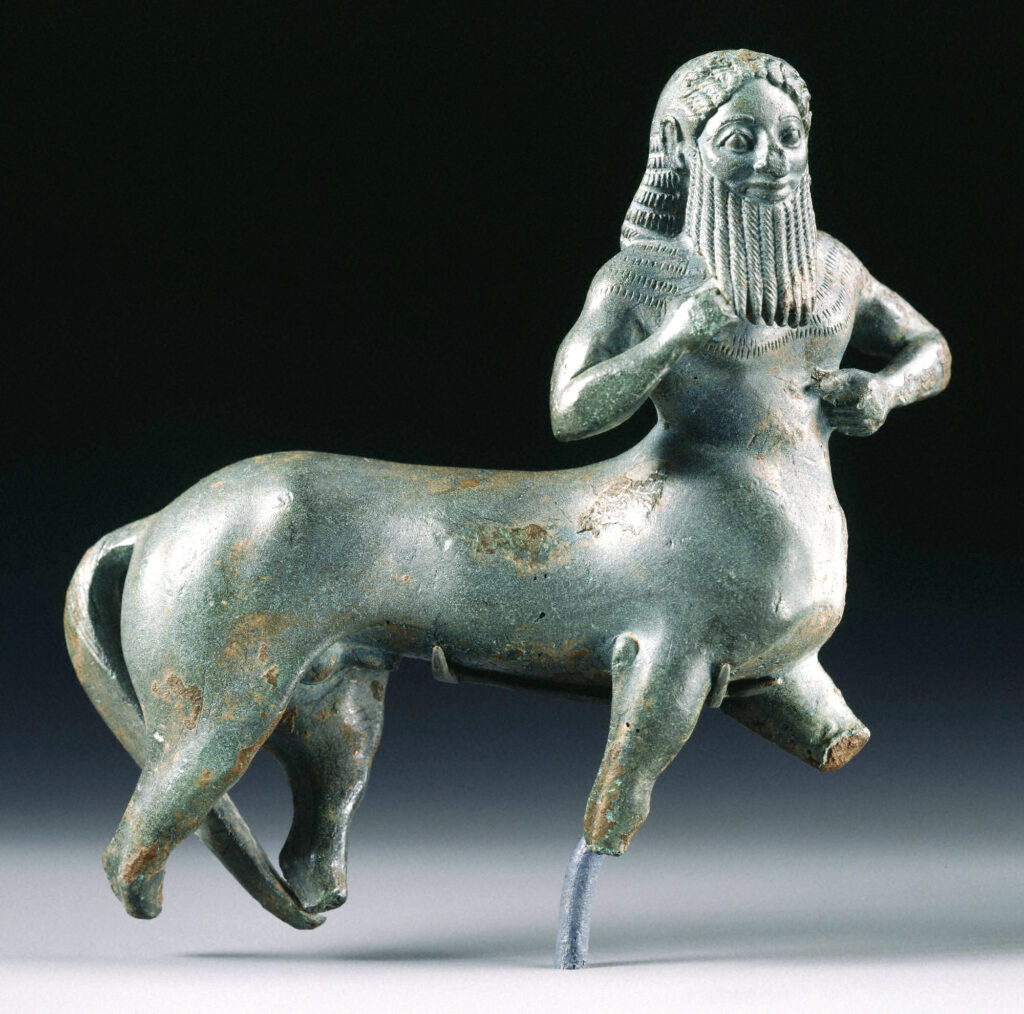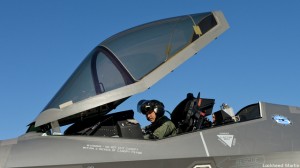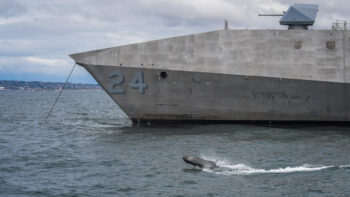
[UPDATED with TRADOC & additional Work comment] We’ve talked a lot in these pages about drones and robots, networks and swarms. But there’s new way of looking at these weapons that Bob Work made clear is at the heart of the Defense Department’s high-tech “Third Offset Strategy.” It’s an approach that relies not just on technology but on the one American advantage China can’t simply copy or steal: our people. Deputy Secretary Work called it “human-machine teaming.” The chess world, which in many ways invented the idea, calls it a “centaur.”

Robert Work
“In 1997 [world chess champion] Garry Kasparov was beaten by a computer, Deep Blue. Everybody thought that was a big deal,” Work said Saturday at the Reagan National Defense Forum in California. “Well, what was a bigger deal was in 2005. Two amateur chess players using three PCs, personal computers, won a chess tournament, $20,000, against a field of supercomputers and grandmasters.”
That event — described by Kasparov himself here — tested “centaur chess,” in which human chess-players use chess software as an advisor, but the human makes the final decision about what move to take. There’s an obvious appeal here for the military, which is naturally uneasy about letting robots decide to use lethal force. Then there’s the potential for human and machine to be far more effective together than either would be alone. (A favorite book of Work’s on this topic is The Second Machine Age).
The idea is not machines replacing humans. It’s not even about machines working autonomously alongside humans. It’s about machines and humans being joined at the hip in a symbiotic relationship where each brings what it does best.
“It’s actually not an either-or,” military futurist Paul Scharre. Like the mythical centaur, we can harness inhuman speed and power to human judgment. We can combine “machine precision and reliability, human robustness and flexibility.”
Scharre heads the Center for New America Security’s 20YY Future of Warfare Initiative. 20YY just happens to have been founded by then-CNAS chief executive officer Bob Work, who co-wrote its inaugural study, which just happens to have been on robotics. Scharre spent “a lot of time with Bob when he was talking about these things” before he left for the Pentagon in early 2014.

Paul Scharre
“There’s been this important conceptual shift in the Department [of Defense] in the last year or two,” Scharre told me this morning. The armed forces started out thinking about unmanned systems in isolation: Predator drones, bomb-squad robots, unmanned mini-subs to hunt underwater mines, all sent on their own on missions too dangerous or tedious for human endurance. But now the military has begun to move towards “manned-unmanned teaming,” such as the Army’s plan to fly AH-64 Apache helicopters together with Grey Eagle drones as, effectively, remotely controlled extensions of the manned choppers’ onboard sensors.
“We’ve got to figure out, ‘how do you have a helicopter pilot who is able to work with numerous autonomous systems in addition to operating his own aircraft?” said Tom Greco, head of intelligence (G-2) at the Army’s Training & Doctrine Command. At a recent TRADOC “mad scientists” conference of experts from around the world, “one of the things we discussed [to solve this problem was] this concept of centaur chess.”
Now Work is leading the push to broaden the concept to “human-machine teaming.” In other words, it’s not just about manned and unmanned vehicles moving together, it’s also about computers and humans helping each other to think. That’s “cognitive teaming.” Scharre said. “Most of his remarks were actually about that.”
“Human-machine collaboration is allowing a machine to help humans make better decisions faster,” Work said at the Reagan Forum. “That is a big, big difference. There is an artificial intelligence (AI) bias right now generally in the community [i.e. using unmanned systems to replace humans, rather than augment them]. But…automated systems use algorithms based on old data, [and] we’re up against a thinking adversary that is changing strategies all the time.”
“The best example” in current service, Work said, is the controversial F-35 Joint Strike Fighter. “The F-35 is not a fighter plane,” Work said. (Critics might agree, with a different emphasis). “It is a flying sensor/computer that sucks in an enormous amount of data, correlates it, analyzes it, and displays to the pilot on his helmet….We are absolutely confident that F-35 will be a war-winner. That is because it is using the machine to make the human make better decisions. “
In other words, the F-35 pilot is the human part of the centaur; the plane is the horse. Subordinate drones commanded from the F-35 would complicate the metaphor, but you end up with one human leading a robotic herd.
“Talking to Paul Kaminski, who is really smart about this, he said ‘look, it’s going to be a long time before you have an unmanned fighter plane,'” Work told reporters after the conference.”But I can tell you six different things that I could tell an unmanned system to do, saying ‘scan this sector and if you do not get an IFF [Identification Friend or Foe] signal,’ launch. And he said if you were pilot and you could just turn the six knobs [assigning missions to] your four [unmanned[ wingmen, the overall operation of the system could be much better.”
The centaur model doesn’t always apply. Some functions in the future force will have to be completely automated, like missile defense lasers or cybersecurity. “Against a cyber attack or an electronic warfare attack, or attacks against your space architecture, or missiles that are coming screaming in at you at Mach 6, you’re going to have to have a learning machine that helps you solve that problem right away… at the speed of light,” said Work. In such cases there’s no time for human intervention.
But most of the military Work envisions sounds like centaurs: computers will fly the missiles, aim the lasers, jam the signals, read the sensors, and pull all the data together over a network, putting it into an intuitive interface humans can read, understand, and use to command the mission.
The human element is the secret sauce — the element that foreign powers can’t copy as easily as they can our software.
“The last thing I want is you to go away from this thinking this is all about technology,” Work said. “The number one advantage we have is the people in uniform, in our civilian work force, in our defense industrial base, and the contractors who support us.”
“We have an advantage in people and innovation,” Work said. But, “sure, there are going to be fast followers” who try to copy our Third Offset and catch up.
“Software can just be copied and replicated infinitely,” Scharre pointed out. Hardware is harder to copy — you need an industrial base, which requires skilled workers — but, as China has shown with its stealth fighters, hardly impossible. “But there’s also better people, training, doctrine, experimentation,” Scharre said. “That all goes into making that package together, and that’s actually really hard to replicate.”

German PzKpfw IV in France, 1940
In the 1920s and 1930s, as Work is fond of pointing out, all the great-power militaries had access to the same potentially revolutionary technology — tanks, trucks, airplanes, radios, aircraft carriers — but they took very different approaches to using it, with very different results. In 1940, for example, France actually had more and better-armored tanks than Germany, but the French didn’t have the idea of using armored vehicles for rapid maneuvers, so they didn’t bother to put radios in them — or independent-minded commanders.
The Third Offset Strategy is betting that America — with its highly professional military, its culture of innovation and initiative, its “digitally native” young people — can put together the pieces of future military power better and faster than our rivals. But that’s not guaranteed.
“If our main advantage is our people, our main disadvantage is our institutions,” Scharre warned. “We have creative people but they have this industrial age Department of Defense bureaucracy that moves at a glacial pace [and] takes good ideas and turns them into these bloated Death Stars.”
‘The bad day’: DISA’s forthcoming strategy prepares for wartime coms
“It’s great to have internet day to day in peacetime,” said Lt. Gen. Robert Skinner, director of the Defense Information Systems Agency, “but it’s more imperative to have it when bullets are flying.”


























